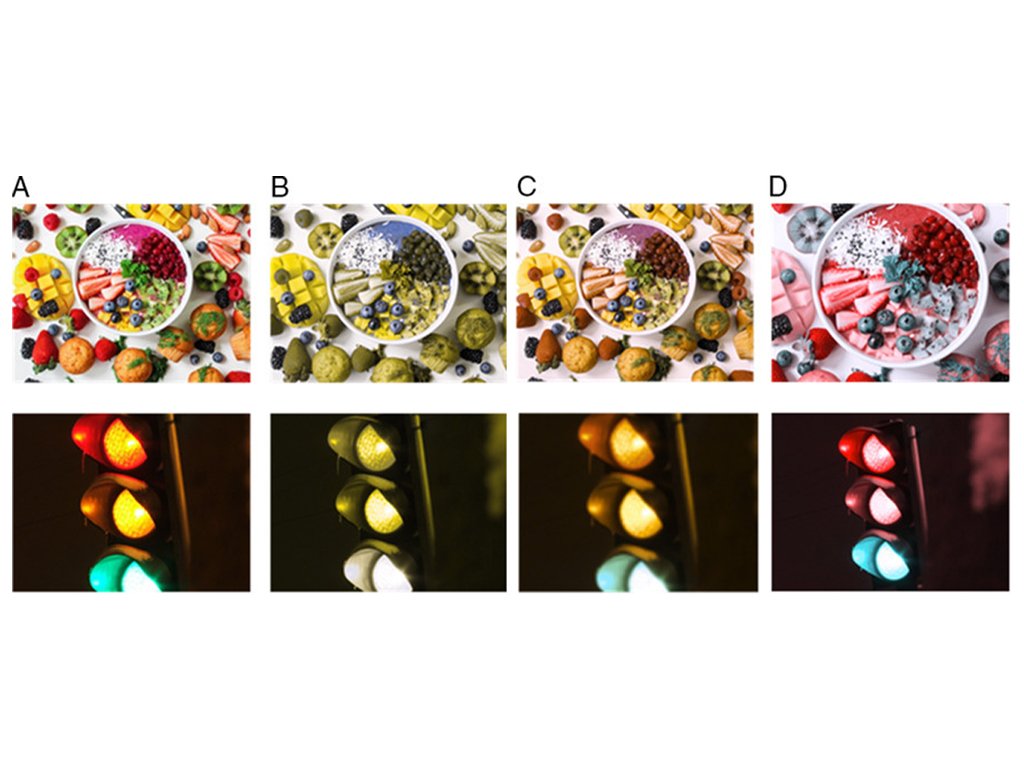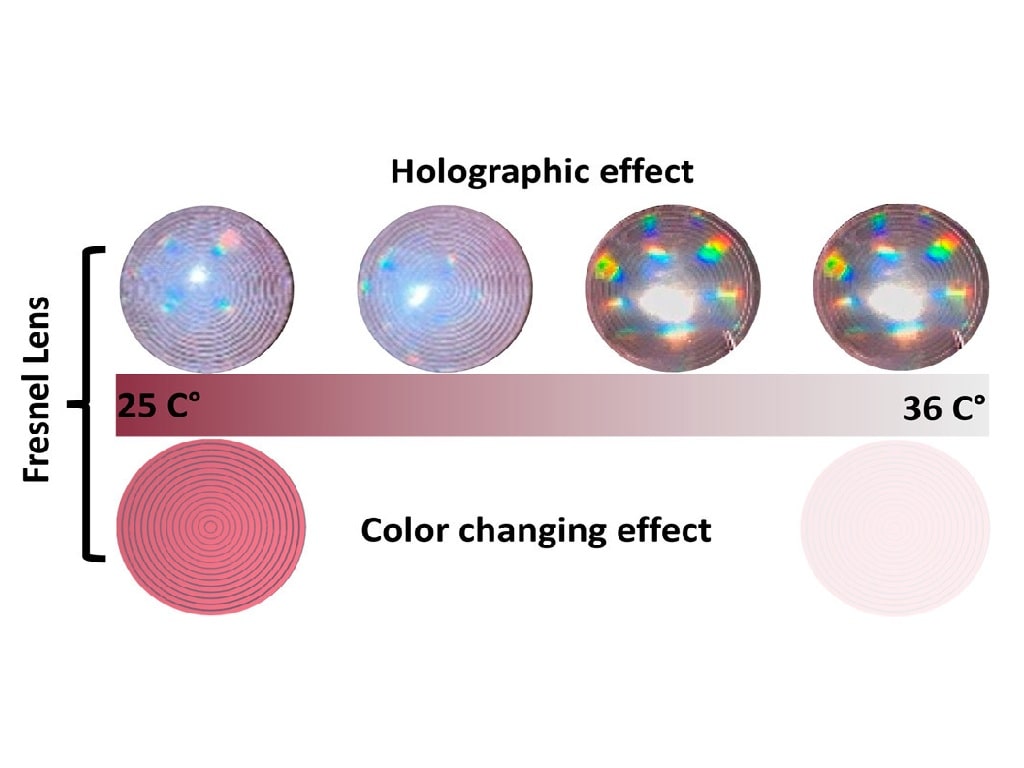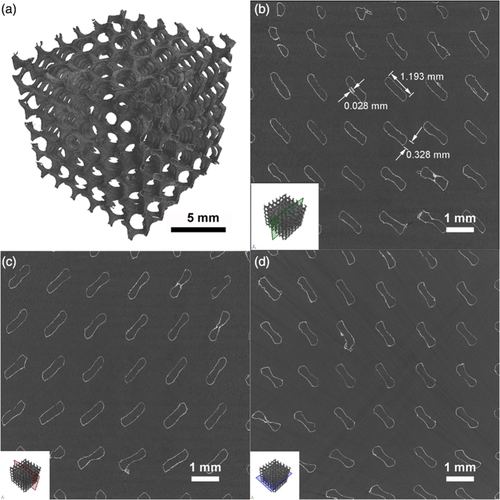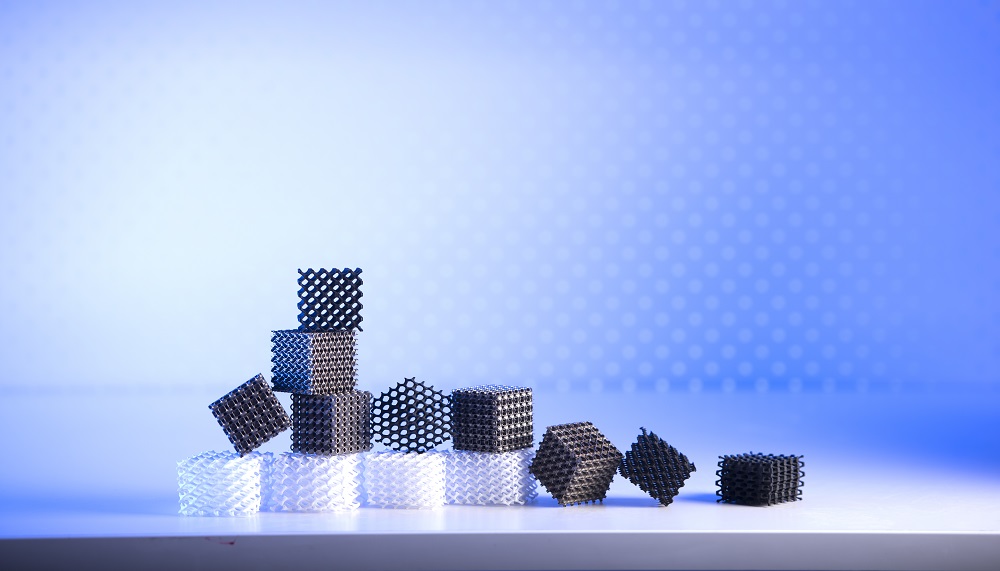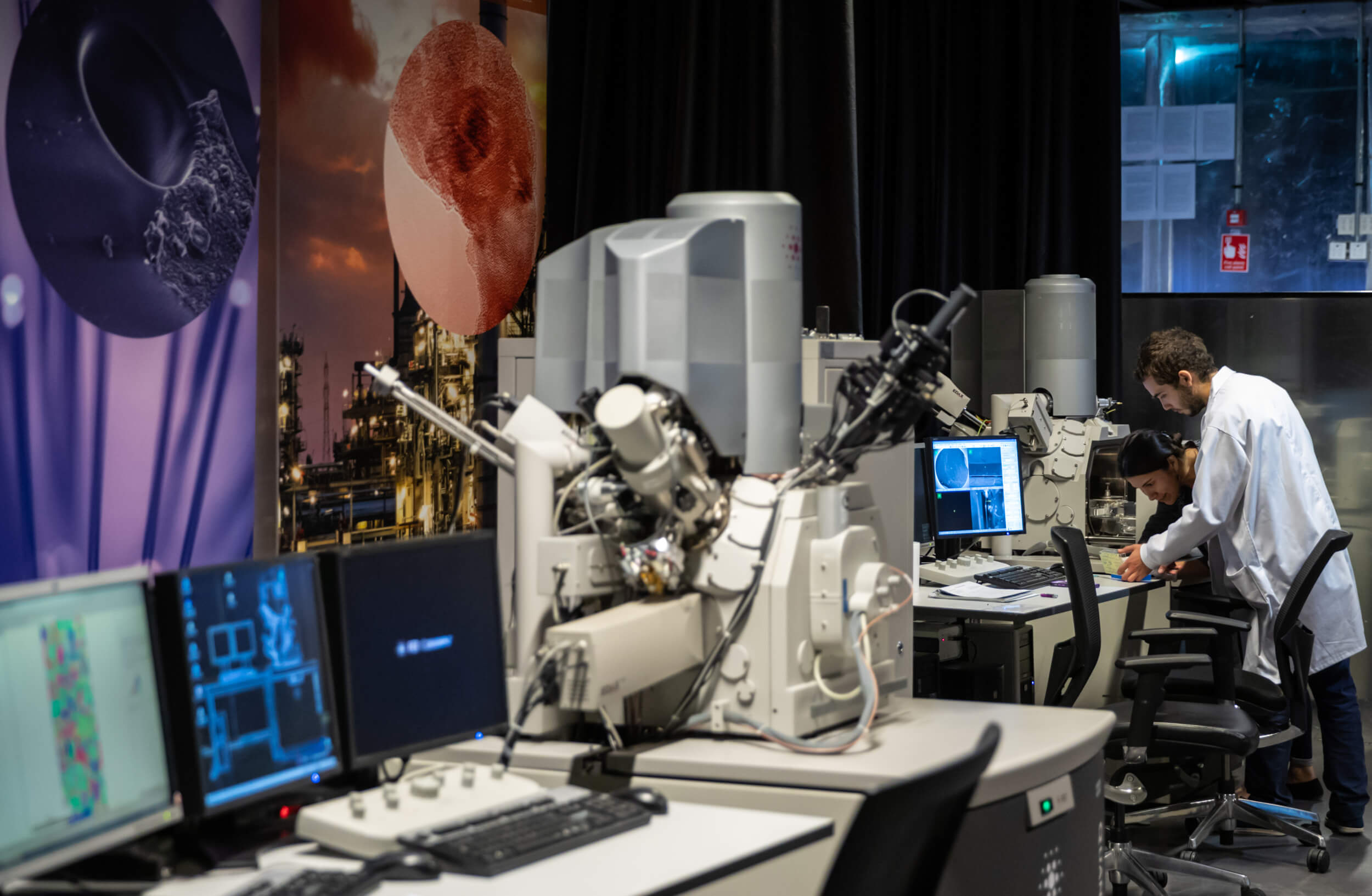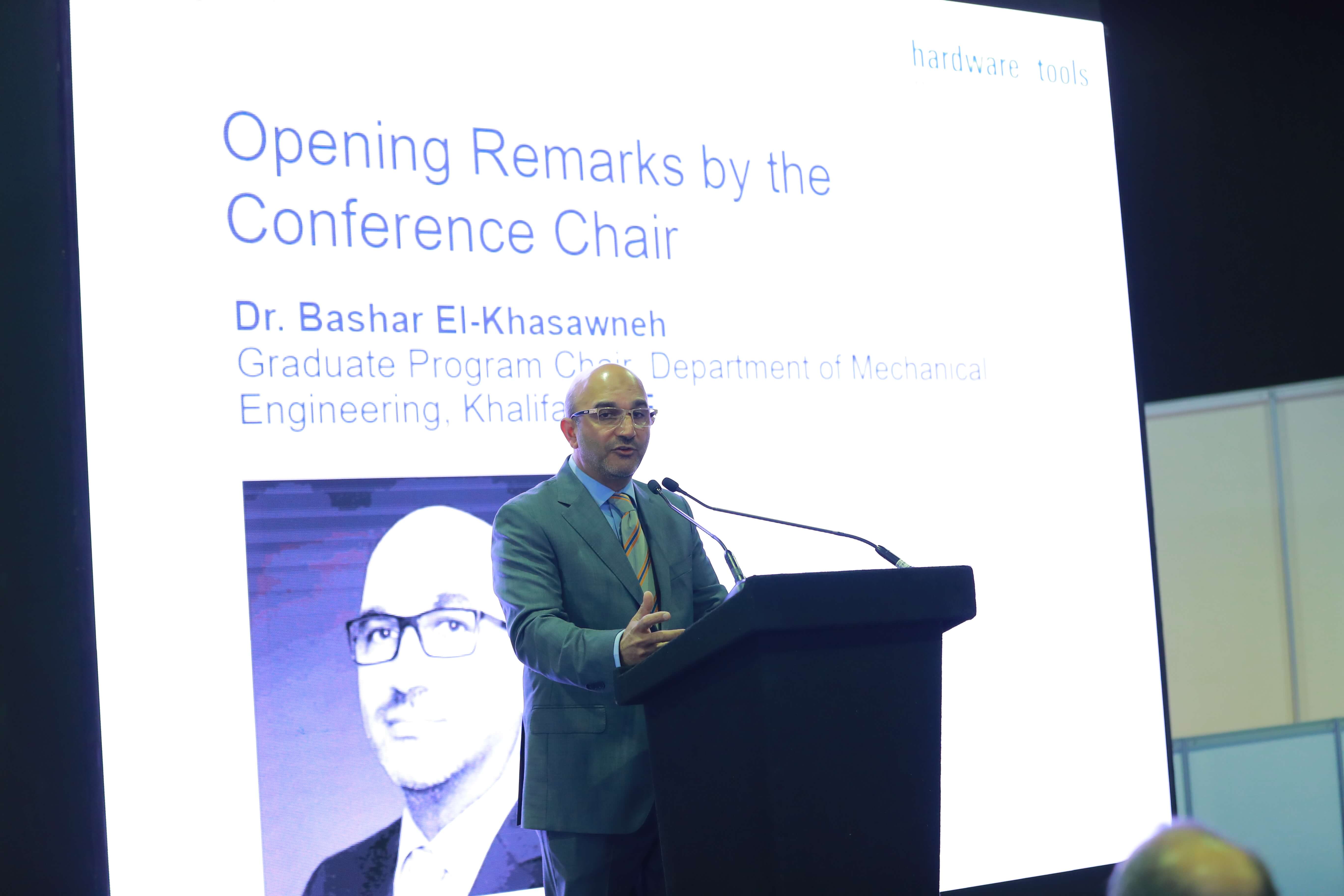
Khalifa University’s Dr. Bashar El-Khasawneh Chairs Additive Manufacturing Conference and Shares Insights on the Future of 3D Printing
As a regional expert in the field of additive manufacturing, Khalifa University’s Dr. Bashar El-Khasawneh, Graduate Program Chair of the Department of Mechanical Engineering, was invited to chair the Additive Manufacturing Middle East Conference, which took place from 10 – 11 June, 2019, in Dubai. He spoke about the transformative potential of 3D printing, a sustainable additive manufacturing process, for product design and development.
The conference provided a platform for researchers and industry experts to address the full spectrum of 3D printing, and dive deep into present and future 3D printing technologies.
“Additive manufacturing is a tool that has the potential to radically transform a number of key industries, including manufacturing, medicine, aerospace, and education,” said Dr. El-Khasawneh. “That is why the UAE is capitalizing on 3D printing to support the country’s efforts to become one of the most advanced and innovative nations.”
In recognition of the increasingly important role 3D printing will play in boosting manufacturing capability, sustainability and economic growth in the UAE, Khalifa University actively leverages 3D printing technologies across a number of its research activities.
3D printing’s freedom and flexibility in product design and development, coupled with its reduced manufacturing time and costs, enables researchers to design and test new ideas quickly and affordably. It negates the need for highly specialized factory set-ups to manufacture certain types of objects, like aircraft parts, medical prosthetics, and customized accessories. 3D printing is used widely across the University’s three campuses, with dozens of 3D printers employed by faculty and students from the biomedical, mechanical, and electrical engineering departments to conduct critical research.
“Many faculty members are engaged with Additive Manufacturing at Khalifa University. Either they are working on the development of advanced materials or on design perfection based on current capabilities of 3D printing,” Dr. El-Khasawneh shared.
“We have recently established an Advanced Digital & Additive Manufacturing (ADAM) research group, at KU to strategically cater to the needs of aerospace, healthcare, construction, defense, and energy sectors. The ADAM group will serve as the state-of-art research facility in the area of AM and will be a platform to provide services to industries across the UAE. The group will address the challenges and limitations in the current status of AM and will work towards developing new processes and advanced materials to mitigate these limitations. KU also established the Additive Manufacturing Lab, which was developed in collaboration with industry partners Strata and the Emirates Research and Innovation Center (ETIC), which contributed funding for the purchase of an industrial-scale metal 3D printer. This printer will help us conduct R&D on printed metallic parts for aerospace and other cutting-edge applications.”
Dr. El-Khasawneh was invited to chair the Additive Manufacturing Middle East Conference due to his in-depth knowledge of additive manufacturing. Five years ago he was part of an initiative launched by the UAE Prime Minister’s Office to improve awareness of 3D printing across different disciplines in the country. And now he is part of an advisory board for the Innovation Laboratory at the Dubai Health Authority, which includes the exploration of the use of 3D printing.
“The UAE is striving to be a regional hub for 3D printing by 2030. In fact, Dubai Municipality regulations have set an ambitious target of 25% of every new building be 3D printed by 2025,” he shared.
At Khalifa University, his research focuses on designing and building novel robotic systems that are capable of constructing large structures (large houses) with special types of cement mixtures suitable for such technologies. Construction in such a scheme is an additive manufacturing process.
During his presentation, titled “3D Printing: Revolution vs. Evolution in Design & Innovation,” Dr. El-Khasawneh spoke about how 3D printing has revolutionized the role of design, and explained how it has “changed the rules of the game.”
“3D printing has revolutionized the capability of the designer. The designer can now focus more on functionality rather than follow a traditional way of design, giving designers a new paradigm in order to think about their design in a completely different fashion. Additive manufacturing (AM) is not leading to designing outside the box, rather, it has dissolved the box. Meaning, AM eliminated the constraints that impacted the traditional designs. Designers can better design for performance with less regard for traditional limitations of design for assembly or manufacturing.”
Dr. El-Khasawneh also highlighted the important impact that 3D printing is having on innovation in general, and in universities in particular. Innovation requires expression tools such as computer aided design (CAD) and realization tools such as the easy-entry 3D printing technologies. This leads to an expansive base of innovators across a wide span of age groups.
“3D printing is significantly enhancing the innovative capabilities of universities. Students can now easily transform ideas into products, and hopefully, change their mindset to become entrepreneurs.”
In the UAE, this means 3D printing will play an important role in fueling the country’s innovators and inventors, and accelerating the UAE’s ongoing transition to a knowledge economy.
Erica Solomon
Senior Editor
23 June 2019


